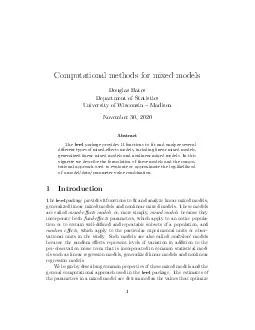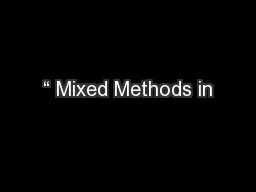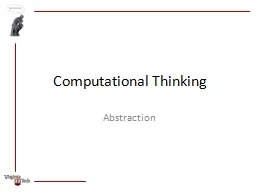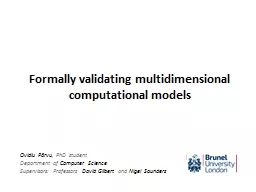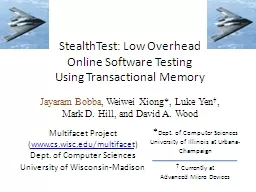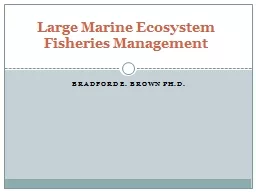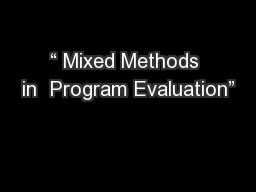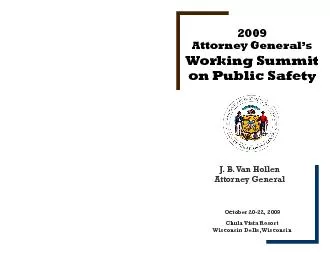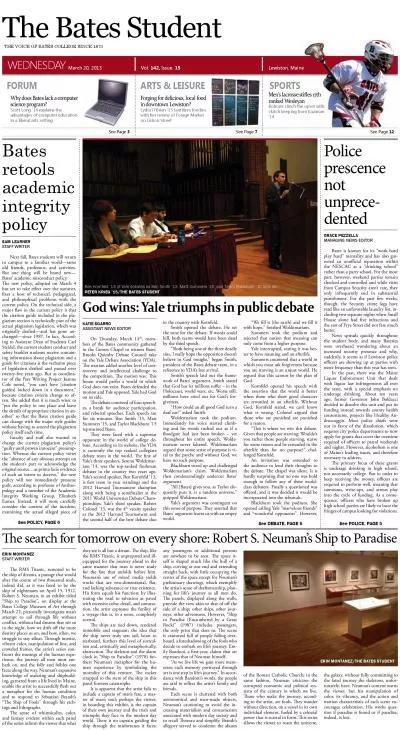PDF-Computational methods for mixed models Douglas Bates Department of Statistics University
Author : alida-meadow | Published Date : 2014-12-12
In this vignette we describe the formulation of these models and the compu tational approach used to evaluate or approximate the loglikelihood of a modeldataparameter
Presentation Embed Code
Download Presentation
Download Presentation The PPT/PDF document "Computational methods for mixed models D..." is the property of its rightful owner. Permission is granted to download and print the materials on this website for personal, non-commercial use only, and to display it on your personal computer provided you do not modify the materials and that you retain all copyright notices contained in the materials. By downloading content from our website, you accept the terms of this agreement.
Computational methods for mixed models Douglas Bates Department of Statistics University: Transcript
Download Rules Of Document
"Computational methods for mixed models Douglas Bates Department of Statistics University"The content belongs to its owner. You may download and print it for personal use, without modification, and keep all copyright notices. By downloading, you agree to these terms.
Related Documents

